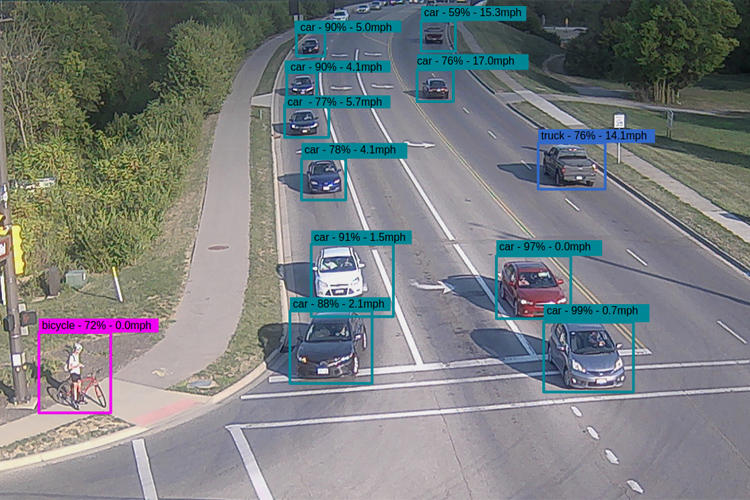Reducing delays through “smart” traffic lights should make for an easier commute for drivers in Phoenix.
California-based NoTraffic, the company behind the world’s first autonomous traffic management platform, will install its technology at intersections in Greater Phoenix located on Glendale Avenue between Central and SR 51 on August 17, 2020. The system is being validated by the City of Phoenix to improve traffic flow and reduce vehicle and pedestrian delays based on actual demand. NoTraffic’s platform has been tested in the United States and abroad, with a recent deployment yielding a 40 percent reduction in vehicle delay time in one U.S. city. Now the City of Phoenix is looking to evaluate results of the system deployment for a busy commute corridor.
 “We are grateful to partner with the City of Phoenix, the fifth-largest city in the United States,” says Tal Kreisler, CEO of NoTraffic. “I believe we will see impactful tech initiatives moving front and center, playing a pivotal role in how the world emerges from COVID-19 and the economic recession that accompanies it.”
“We are grateful to partner with the City of Phoenix, the fifth-largest city in the United States,” says Tal Kreisler, CEO of NoTraffic. “I believe we will see impactful tech initiatives moving front and center, playing a pivotal role in how the world emerges from COVID-19 and the economic recession that accompanies it.”
The NoTraffic platform autonomously operates traffic light grids to enable a smooth and efficient traffic flow. The platform not only reduces the time vehicles and pedestrians sit waiting at traffic lights, but through advanced software application, can enable various services such as Emergency Vehicle Preemption (EVP), Transit Signal Priority (TSP), pedestrian prioritization, all in a click of a button.
Additionally, the NoTraffic platform helps prevent accidents by complementing vehicles’ blind spots and reduces emissions caused by stalled traffic.
This is accomplished by leveraging advanced technologies such as AI connected vehicle technology (V2X) that distinguishes between all travel modes (including bikes, pedestrians, cars, buses, emergency vehicles and commercial fleets) and calculates in real time the most optimal service for the intersection and autonomously changing the lights accordingly. All data collected is completely anonymous and is processed at the edge (intersection), which allows decisions to be made reliably and quickly.
“We are now seeing the convergence of technology-enabled automobiles and traffic management systems working together to move vehicles more effectively through busy corridors,” Phoenix Street Transportation Director Kini Knudson said. “The opportunity to collaborate and test this new technology with regional and global partners is very exciting for Phoenix.”

NoTraffic’s project is a part of the Maricopa Association of Governments (MAG) emerging technologies initiative. The initiative is designed to test and study new technologies for viability before large-scale investments are made. Partners in the program include the City of Phoenix, Greater Phoenix Economic Council, Arizona State University, University of Arizona, and Northern Arizona University. The University Task Force established by MAG will provide independent evaluation of the system based on the regional deployments.
“As the regional transportation planning agency that serves all residents in the region, MAG continually evaluates smart mobility systems and works closely with jurisdictions that champion innovation,” said MAG Executive Director Eric Anderson. “It’s important to safely deploy technologies that are ready in the real world. Working together with our university partners, we look forward to seeing performance of the NoTraffic platform in busy commuter and retail corridors.”
The Connective, Greater Phoenix’s Smart Region Consortium, was created to advance the deployment of smart technology across city boundaries. NoTraffic’s technology creates a safer, more efficient traffic system for all road users. This pilot deployment of smart traffic lights will help digitize the infrastructure and create an innovative environment that will pave the way for future mobility services.
“NoTraffic’s solution helps ensure we have modern infrastructure to continue making Greater Phoenix the best place to live and work, and help attract businesses to the region,” says Chris Camacho, president & CEO of the Greater Phoenix Economic Council. “This is a prime example of how ‘The Connective’ enables a collaborative solutions approach to problem solving that leads to the creation of implementable, interconnected, affordable, and interoperable services that enhance the quality of life for citizens and businesses.”




